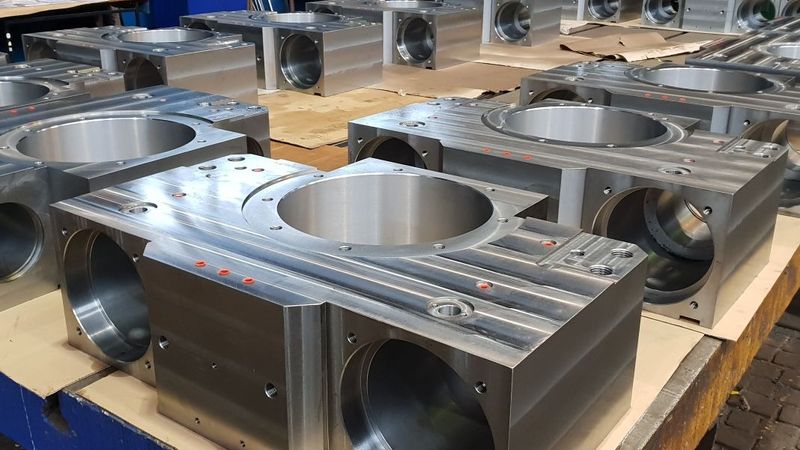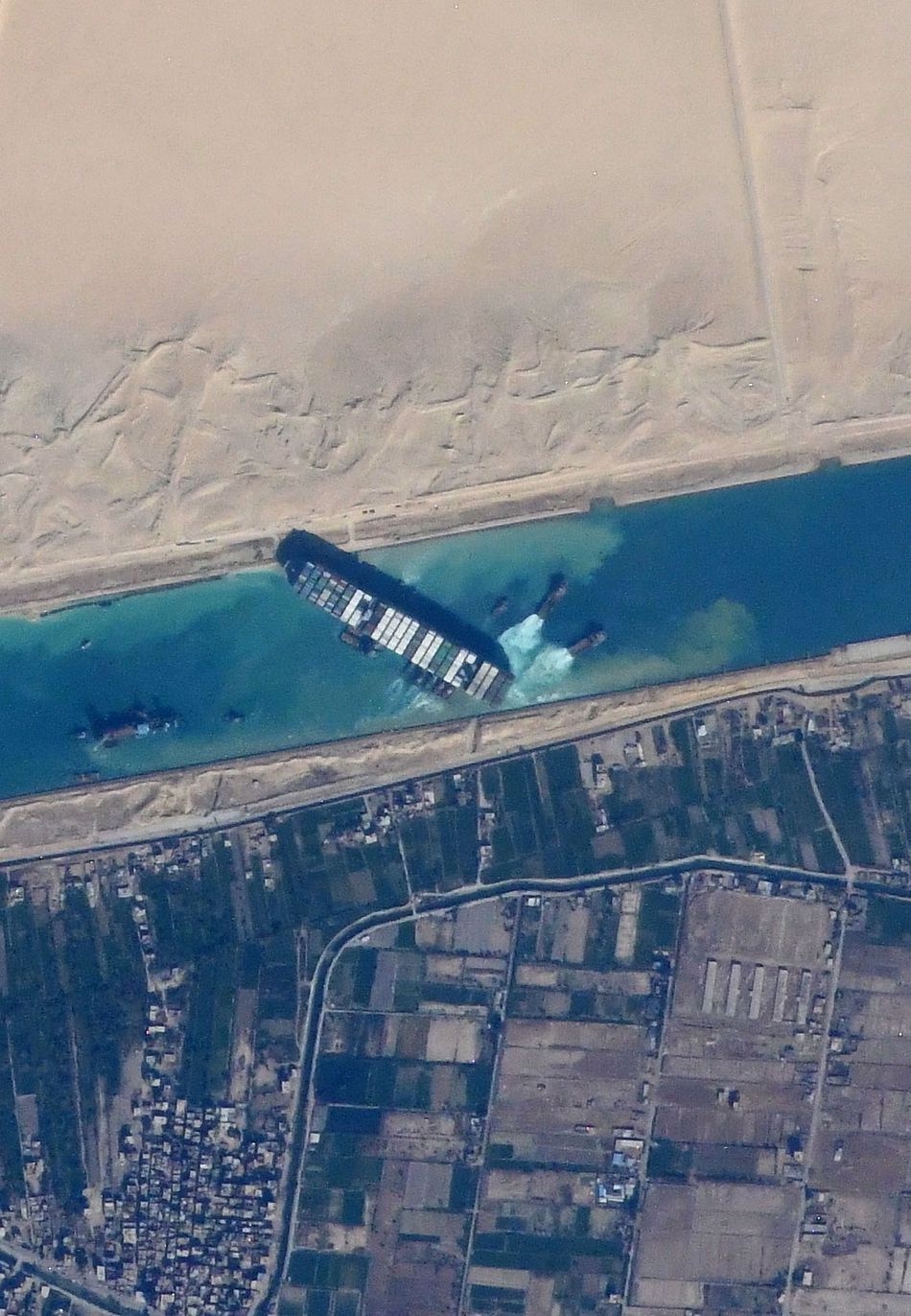How Nearshoring Streamlines Manufacturing and Strengthens Supply Chains
Nearshoring brings production closer to key markets, improving responsiveness and reducing risk. It's a necessary strategy for future-ready manufacturers.
Introduction
Global supply chains have faced significant challenges in recent years. This has led manufacturers to reconsider their sourcing strategies. As a solution, relocating production closer to home markets, known as nearshoring, is gaining traction. Manufacturers are increasingly turning to nearshoring as a way to reduce risk and speed up deliveries. This is reflected in a report highlighting a 62% increase in nearshoring investment in 2022 and 2023 compared to 2018 - 2019.[1]
In this article, we will explore how digital manufacturing platforms such as FACTUREE, with their network of European suppliers, enable companies to reduce complexity in sourcing and future-proof their procurement.
Challenges associated with overseas sourcing
Long shipping times
Shipping parts from China to major European ports usually takes between 30 and 45 days. These timelines are often stretched due to factors such as adverse weather, port congestion, and customs clearance delays. The COVID pandemic exposed the global port congestion issue. Similarly, a single freight ship, Ever Given, disrupted global shipping routes.
These delays not only disrupt production but also increase inventory costs and supply chain vulnerabilities. As per a report, supply chain disruptions cost the average organization 45 percent of one year’s profits over the course of a decade, with transportation delays among the most significant contributors.
Geopolitical instability and trade tensions
Geopolitical instability continues to pose significant challenges to supply chains. The recent security crisis in the Red Sea region, where Houthi-led attacks on commercial vessels have forced major shipping companies including Maersk, MSC, and CMA CGM to suspend or reroute their operations around the Suez Canal. Additionally, the ongoing conflict between Russia and Ukraine continues to impact access to trade corridors and raw materials. Detours are not only adding to the shipping times, but are also increasing fuel consumption.
Trade policy uncertainty is also disrupting overseas sourcing. For instance, the recent reciprocal tariffs from the US can create unexpected pressure on sourcing strategies and budgets.
Foreign currency fluctuations
Foreign exchange rate fluctuations is another concern for companies that operate across borders. According to a study published on ResearchGate, even small currency shifts can raise a company’s operating costs.
These fluctuations not only affect direct procurement costs but also logistics expenses. KPMG notes that poorly managed currency exposure can lead to unanticipated losses or missed opportunities for cost optimization. The Bank for International Settlements (BIS) highlights that in times of economic uncertainty, foreign exchange markets can become particularly volatile. This volatility makes it more difficult for companies to plan ahead with confidence.
Complex compliance processes and limited transparency
When sourcing from international suppliers, companies must comply with a variety of regulations. In a Reuters survey, supply chain professionals ranked compliance with international trade documentation, cross-border tax frameworks, and environmental regulations as their top challenges.
The European Union has introduced the Carbon Border Adjustment Mechanism (CBAM), which ensures that the carbon price of imports is equivalent to the carbon price of domestic production. The EU Conflict Minerals Regulation aims to prevent the use of minerals involved in armed conflict or human rights abuses. Meeting all these requirements adds to the administrative work in the sourcing process.
Key benefits of nearshoring
Faster Delivery Times
When companies source from within Europe, transit durations can reduce from several weeks or over a month to just a few days. European freight transport by road and rail can deliver goods within 2 to 10 days. This speed improvement allows for lean manufacturing strategies such as just-in-time (JIT) production and lower warehousing costs. For instance, IT giant HP, one of the earliest adopters of JIT production, achieved inventory reductions of up to 75% and labor cost reductions ranging from 15% to 50% across various divisions.
Lower transportation costs and environmental impact
Sourcing goods closer to home is one of the most effective ways for companies to reduce transportation costs. By sourcing within Europe, companies are immune to fluctuating international shipping rates. Looking at the historical data, trucking and rail freight costs across Europe tend to be more stable than those of ocean freight. On top of that, ongoing infrastructure improvements through the EU's Trans-European Transport Network (TEN-T) continue to improve cross-border freight efficiency.
Nearshoring also brings environmental benefits. Fewer intercontinental shipments mean lower emissions, which helps companies stay on track with the strict sustainability targets.
Elimination of customs duties and tariffs within the EU
A key advantage of nearshoring production within Europe is that companies don't have to worry about customs duties and tariffs. Thanks to the EU's custom duty framework, goods can move across internal borders with limited hassle. This significantly reduces costs and administrative burdens for companies.
2021 report by Eurostat highlighted that intra-EU trade was more resilient during pandemic disruptions than trade with non-EU countries.
Easier compliance with strict local regulatory requirements
Compliance with regional regulations is easier when working with local suppliers. Manufacturers in the EU are already familiar with frameworks such as the Conflict Minerals Regulation. This makes it easier for companies to ensure sustainability, ethical sourcing, and environmental responsibility across the supply chain. Additionally, sourcing from a supplier in the same region allows for a quick response to new regulatory requirements.
FACTUREE's unique and flexible capabilities
Extensive Sourcing Network that Supports Rapid Production Relocation
FACTUREE operates a broad network of vetted manufacturing partners, including those in Europe. This capability not only ensures high quality and compliance but also reduces logistical issues. It allows companies to quickly relocate production in response to global disruptions. For instance, if tariffs suddenly increase on Chinese goods or geopolitical conflict disrupts shipping routes, FACTUREE can help companies move orders to European suppliers within its network.
Adapts to customer-specific needs
FACTUREE's distributed network is equipped to accommodate customer-specific sourcing needs. It covers a wide range of technologies, including 3D printing, CNC machining, sheet metal processing, laser cutting, injection molding, die casting, and vacuum casting. Its network has cutting-edge machinery capable of delivering tight tolerances. For instance, in CNC milling and CNC turning, FACTUREE offers tolerances as low as ±0.01 mm. The platform also offers scalability seldom seen with traditional suppliers. Whether you want to 3D print a prototype or mass-manufacture components for an established business, FACTUREE's network is equipped to handle it.
Simplifies adherence to regulations
FACTUREE ensures that the sourced parts come with all the necessary documentation. Plus, sourcing within Europe further simplifies the compliance process. For instance, the EU's Carbon Border Adjustment Mechanism (CBAM) requires importers to pay a carbon price for imported goods. By sourcing parts from within Europe, customers do not have to worry about CBAM, as it applies only to goods sourced from outside the EU. This reduces the administrative burden and compliance risk for procurement teams.
Personalized support and guidance
FACTUREE assigns a dedicated account manager to every customer who remains a point of contact throughout the process. Since this contact is familiar with the client's requirements, issues are quickly resolved. FACTUREE takes full responsibility for the quality of delivered parts. If a product requires reworking or replacement, the company acts promptly and without unnecessary bureaucracy.
Final thoughts
Nearshoring has become a necessary strategy for companies seeking stability and visibility in their supply chains. By moving production closer to their markets, companies benefit from faster delivery, lower transport costs, and simpler regulatory compliance. Nearshoring also allows for better communication with suppliers, faster iteration cycles, and lower carbon footprints.
FACTUREE offers a plug-and-play, flexible nearshoring solution that lets companies access flexible and reliable suppliers within Europe. With ISO 9001-certified quality management and data-driven supplier selection, FACTUREE helps organizations scale up production without compromising quality.
Whether you're planning to speed up your production cycles or working towards long-term reshoring strategies, FACTUREE can help you build a more resilient, efficient, and sustainable supply chain.
To get an instant quote or connect with a custom parts procurement specialist, head over to www.facturee.de


